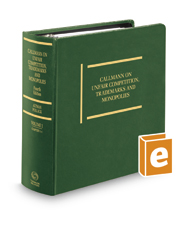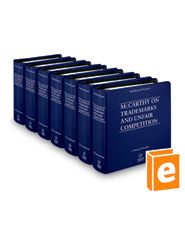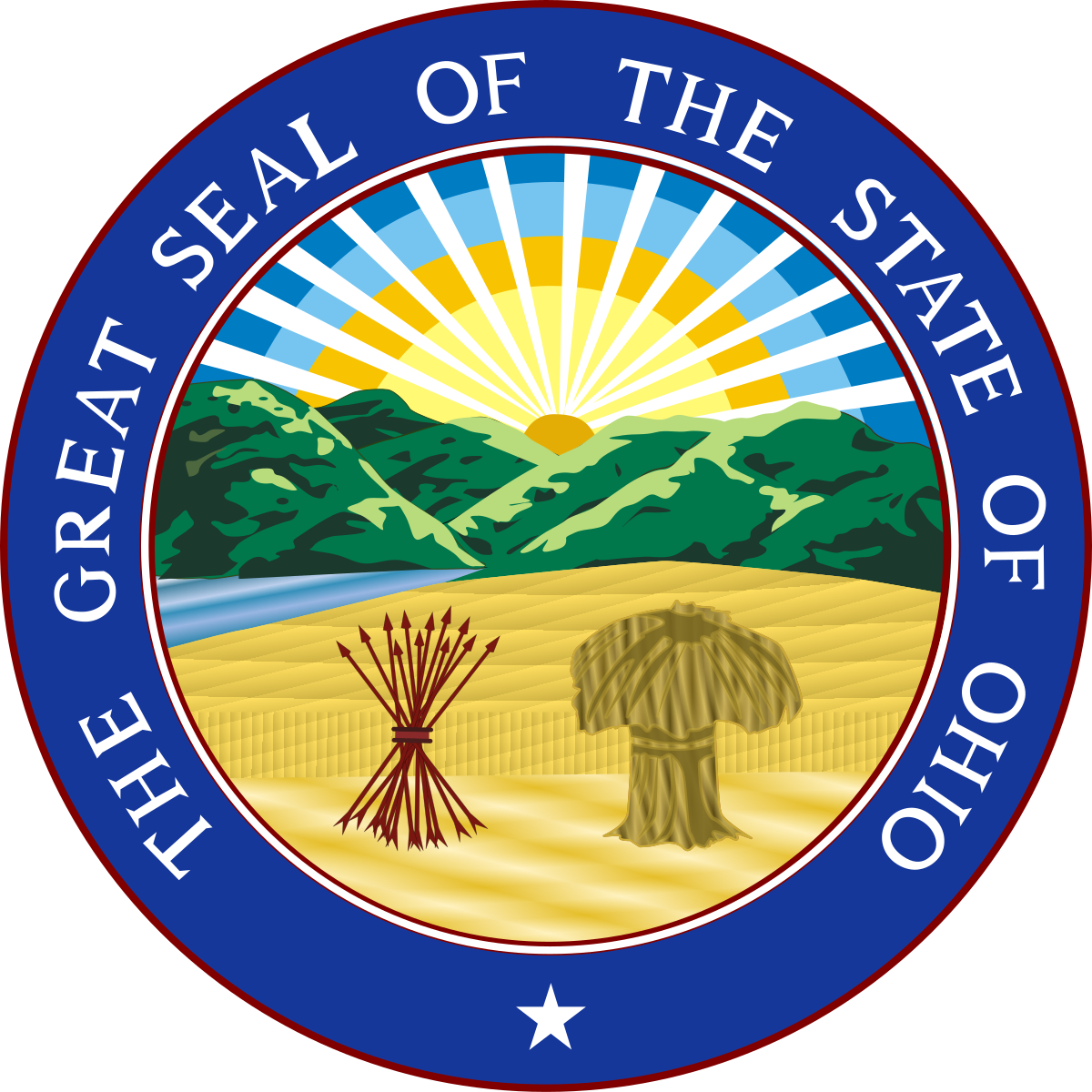What is Unfair Competition?
The Fifth Circuit defines “unfair competition” as:
An umbrella term for "all statutory and non-statutory causes of action arising out of business conduct which is contrary to honest practice in industrial or commercial matters."
For example: trademark infringement and misappropriation (which often invokes the Right of Publicity). It is helpful to think of examples of unfair competition rather than attempt to define the term in the abstract. Other practices that fall into the area of unfair competition include:
- false advertising
- "bait and switch" selling tactics
- unauthorized substitution of one brand of goods for another
- use of confidential information by former employee to solicit customers
- theft of trade secrets
- breach of a restrictive covenant
- trade libel
- false representation of products or services.
For more, see McCarthy on Trademarks and Unfair Competition § 1:10.
Primary Law
Statutes
O.R.C. § 1345.05 – Unfair or deceptive acts or practices
[T]he act or practice of a supplier in representing any of the following is deceptive:
- That the subject of a consumer transaction has sponsorship, approval, performance characteristics, accessories, uses, or benefits that it does not have;
- That the subject of a consumer transaction is of a particular standard, quality, grade, style, prescription, or model, if it is not;
- That the subject of a consumer transaction is new, or unused, if it is not;
- That the subject of a consumer transaction is available to the consumer for a reason that does not exist;
- That the subject of a consumer transaction has been supplied in accordance with a previous representation, if it has not, except that the act of a supplier in furnishing similar merchandise of equal or greater value as a good faith substitute does not violate this section;
- That the subject of a consumer transaction will be supplied in greater quantity than the supplier intends;
- That replacement or repair is needed, if it is not;
- That a specific price advantage exists, if it does not;
- That the supplier has a sponsorship, approval, or affiliation that the supplier does not have;
- That a consumer transaction involves or does not involve a warranty, a disclaimer of warranties or other rights, remedies, or obligations if the representation is false.
O.R.C. § 4165.02 – Deceptive trade practice actions
A person engages in a deceptive trade practice when, in the course of the person's business, vocation, or occupation, the person does any of the following:
- Passes off goods or services as those of another;
- Causes likelihood of confusion or misunderstanding as to the source, sponsorship, approval, or certification of goods or services;
- Causes likelihood of confusion or misunderstanding as to affiliation, connection, or association with, or certification by, another;
- Uses deceptive representations or designations of geographic origin in connection with goods or services;
- Lists a fictitious business name in a local telephone directory...;
- Lists a fictitious business name in a directory assistance database on or after the effective date of this amendment...and telephone calls to the local telephone number listed for the person's fictitious business name routinely are forwarded or otherwise transferred to business premises of the person that are located outside the local calling area;
- Represents that goods or services have sponsorship, approval, characteristics, ingredients, uses, benefits, or quantities that they do not have or that a person has a sponsorship, approval, status, affiliation, or connection that the person does not have;
- Represents that goods are original or new if they are deteriorated, altered, reconditioned, reclaimed, used, or secondhand;
- Represents that goods or services are of a particular standard, quality, or grade, or that goods are of a particular style or model, if they are of another;
- Disparages the goods, services, or business of another by false representation of fact;
- Advertises goods or services with intent not to sell them as advertised;
- Makes false statements of fact concerning the reasons for, existence of, or amounts of price reductions;
- Advertises goods or services with intent not to supply reasonably expectable public demand, unless the advertisement discloses a limitation of quantity.
Regulations
The FTC regulations concerning unfair competition are found in various parts of Title 16 of the Code of Federal Regulations; however, unfair competition is predominately governed by state common law.
Cases
Under Ohio law, in a suit for unfair competition to enjoin the use of a similar trademark, trade dress or advertising design, plaintiff must prove two elements:
- secondary meaning and
- likelihood of confusion.
George P. Ballas Buick–GMC, Inc. v. Taylor Buick, Inc., 5 Ohio Misc.2d 16, 449 N.E.2d 805, (1981), affirmed, 5 Ohio App.3d 71, 449 N.E.2d 503 (1982) (citing Mr. Gasket Co. v. Travis, 35 Ohio App.2d 65, 299 N.E.2d 906, 915 (1973)).
Secondary Sources
-
 Callmann on Unfair Competition, Trademarks & Monopolies
by
Publication Date: 2021
Callmann on Unfair Competition, Trademarks & Monopolies
by
Publication Date: 2021 -
 Intellectual Property, Unfair Competition and Publicity
by
ISBN: 9780857932624Publication Date: 2014
Intellectual Property, Unfair Competition and Publicity
by
ISBN: 9780857932624Publication Date: 2014 -
 McCarthy on Trademarks and Unfair Competition
by
Publication Date: 2021
McCarthy on Trademarks and Unfair Competition
by
Publication Date: 2021 -
 Trademark and Unfair Competition Deskbook
by
Publication Date: 2021
Trademark and Unfair Competition Deskbook
by
Publication Date: 2021 -
-
Intellectual Property and Unfair Competition in a Nutshell by
Call Number: KF1610 .M354ISBN: 9780314280640Publication Date: 2012 -
Trademark and Unfair Competition in a Nutshell by
Call Number: KF3180 .J26 2013ISBN: 9781647088583Publication Date: 2021-09-08
-
Legal Resource Index (LRI)A controlled-vocabulary index of legal literature with a focus that includes legal newspapers, bar journals, and other practice-oriented material. LRI coverage generally begins in 1980, with a later starting date for certain individual publications. Click the icon of the database you prefer to link to the Index.
-
EBSCO Legal CollectionCollection of about 250 law journals, including a mix of law-school based journals, peer-reviewed journals, bar journals, and other genres of legal literature.
-
EBSCO Academic Search CompleteA multi-disciplinary full-text database that indexes and abstracts over 10,000 publications, some law-related. Includes the full-text of over 5,400 periodicals, including more than 4,400 peer-reviewed journals.
-
Index to Legal Periodicals and Books (ILP)This is the premier index of legal periodicals, books, and sympoisa, with a primary focus on English language resources. Many articles are available in full-text. Some articles may be available via HeinOnline.

